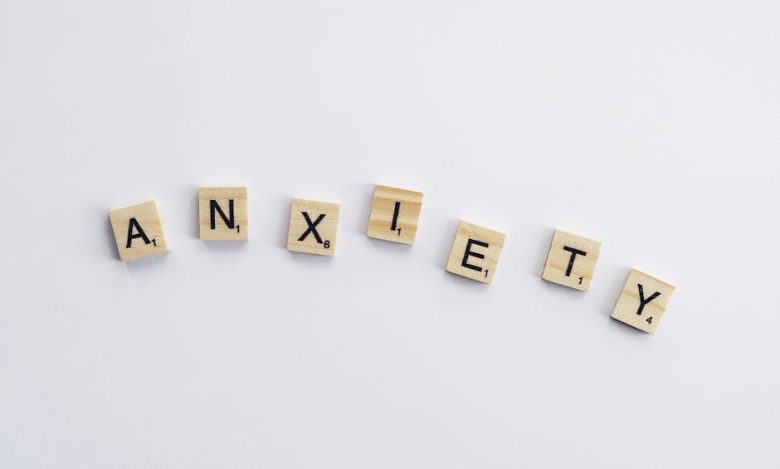In a world increasingly aware of the delicate balance between human activity and environmental health, sustainable solutions have emerged as the guiding stars of our time. These eco-friendly practices not only nurture the planet but also foster a sense of community, reminding us that we are all part of a larger ecosystem. As we navigate through the complexities of modern living, it is essential to explore the myriad ways in which sustainability can be seamlessly woven into the fabric of our daily lives.
The rise of sustainable solutions is akin to a breath of fresh air, invigorating our surroundings and inspiring innovative approaches to age-old problems. From renewable energy sources that harness the power of the sun and wind to sustainable agriculture practices that respect the earth’s bounty, the options are as diverse as they are impactful. By embracing these methods, we not only mitigate our carbon footprint but also pave the way for a healthier, more vibrant future.
One of the most significant facets of sustainable solutions is the shift towards renewable energy. Solar panels glisten like jewels under the sun, converting sunlight into electricity and reducing our reliance on fossil fuels. Wind turbines spin gracefully on the horizon, transforming the invisible force of the wind into clean energy. This transition is not merely a technological change; it symbolizes a collective awakening to the possibilities of a greener future. By investing in renewable energy, we are planting seeds for a sustainable tomorrow, ensuring that generations to come can thrive in a healthy environment.
Sustainable agriculture is another cornerstone of this green revolution, emphasizing the importance of nurturing the soil and practicing responsible farming techniques. Picture a vibrant farm where crops are grown without harmful pesticides, and livestock are raised with care and respect. This harmonious relationship between farmers and the land not only yields nutritious food but also preserves biodiversity and protects water resources. As consumers, our choices can support these practices, creating a ripple effect that encourages more farmers to adopt sustainable methods.
Moreover, sustainable solutions extend into the realm of waste management, where the mantra of “reduce, reuse, recycle” reigns supreme. In this context, waste is not merely discarded; it is transformed into new opportunities. Composting, for instance, turns organic waste into nutrient-rich soil, while recycling programs breathe new life into materials that would otherwise end up in landfills. By embracing a circular economy, we can minimize waste and maximize resources, creating a sustainable cycle that benefits both people and the planet.
Finally, the essence of sustainable solutions lies in their ability to foster community engagement and social responsibility. Initiatives such as community gardens and local clean-up events not only beautify neighborhoods but also cultivate a sense of belonging and shared purpose. When individuals come together to champion sustainability, they create a tapestry of support that strengthens the bonds within their communities. This collective effort is a testament to the power of collaboration, illustrating that when we unite for a common cause, we can achieve remarkable change.
In conclusion, the journey towards sustainability is not a solitary path but a shared expedition that invites everyone to participate. By embracing sustainable solutions, we are not only taking steps to protect our planet but also enriching our lives and communities. As we look to the future, let us remain steadfast in our commitment to these greener practices, ensuring that the world we leave behind is one where nature and humanity can flourish hand in hand. The green scene is not just a trend; it is the heartbeat of a brighter tomorrow.



